Easy tips for working with gradient yarn cakes for beginners
Help. How do you work with this yarn – insert here picture of a 4ply gradient yarn cake in a mess. Have you ever posted that? Have you seen it and been discouraged? Yes, me to. However, it doesn’t have to be that way. Read on for some tried and tested tips for working with gradient yarn cakes so that you can be confident it will work – and what to do when the inevitable happens!
Why 4ply gradient yarn cakes?
Most of my stash is 4ply gradient yarn cakes. I spend way too long trying to figure out what colours go together and second guessing myself when there is a lot of choice. I also do not like weaving in ends. I love big projects and all the colour I just don’t want all the work. Yarn cakes of pretty much all kinds are therefore my favourite. My stash mostly consists of sport or fingering weight yarn cakes. I call it 4ply, and I can’t remember why but whenever I order my handmade cakes from Flo’s Yarn Basket or Crochet UK they know what I mean so I stick with it. On the yarn bands no 2 and I believe generally in the UK that is known as fingering weight yarn and in the US this is sport weight. I’m going to check that again.
Gradient yarn cakes are those where the colour changes flow seamlessly throughout the yarn, sometimes changing between colours and others using a number of shades of the same colour that are close together to create an ombre effect. The most well known commercial versions of these cakes (in my experience) are Scheepjes Whirl, Sultan from Hobbii , and Yarn Art Flowers.
All have a gradient colour effect, a similar weight class but Sultan from Hobbii is an unplied variety, and what you are most likely to find if you purchase a cake from an online seller / small business. Unplied means that there are a number of strands loosely wound/held together to create the working strand of yarn. In my 4ply cake example, there are 4 strands, as in Sultan.
So while the tips in this post are generally related to working with this specific type of gradient yarn cake, and the nightmare that is yarn barf with it, they can be applied to other types of yarn cakes and barf situations. I’m going to try and keep it brief.
So where do we start?
How to work with a gradient yarn cake
So, how do you pull the yarn? Centre or outside pull? You pull it up from the cake. This works whether you pull from the centre or the outside of your 4ply gradient yarn cake. To do this, always keep the cake lower than you and the piece you are working on.
Keeping the working yarn fairly straight, pull it up from the cake to work on. Now I don’t mean ruler straight but just free from too much friction or anything interrupting the free flow of yarn. Something about the vertical direction of the yarn worked in this way just is easier. Nothing scientific of course, but I have seen a number of people swear by this method. I also know from personal experience it can be significantly easier to work with 4ply gradient yarn cakes in this way sometimes, especially when pulling from the outside. It’s just not always convenient as I mostly crochet sitting on my bed with my legs crossed!
If I use a bigger hook will that help me stop getting yarn barf?
In my experience no. Adjusting your hook size will effect the tension, drape and stitch definition you will achieve. I generally use a 4mm – 5.5mm hook with this yarn depending on the type of stitches I want to create. I am a fairly tight and consistent crocheter, yet, both the yarn band and a common sighting in crochet groups is that many people use a 2.5 – 4mm hook with this yarn to achieve the same finished piece I do.
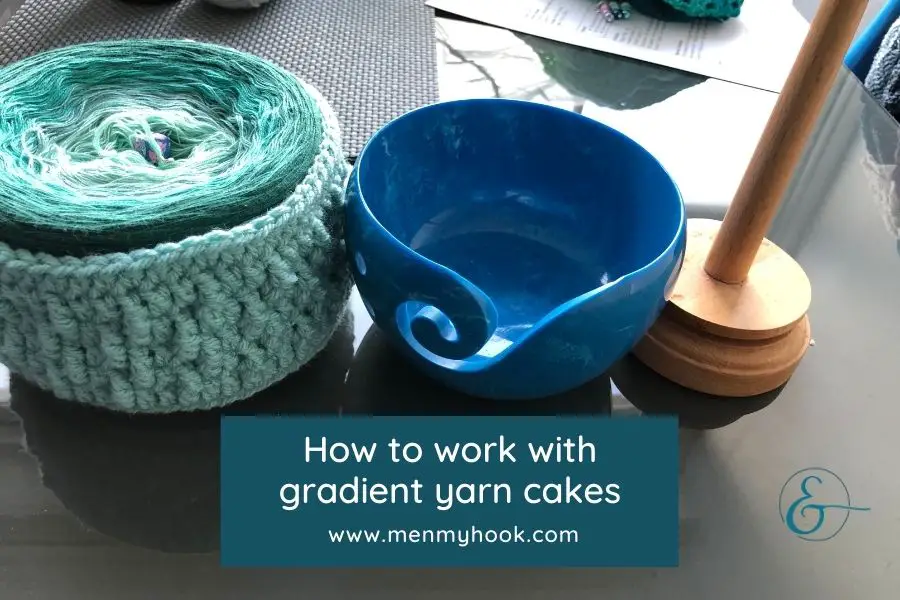
Is there anything about my hook that could effect the gradient yarn cake?
Potentially yes. I use Clover Amour hooks almost exclusively with this type of yarn. I have others – Furls and Bowltech being two examples, but I find for the way in which I crochet the shape of this hook works best for me. It glides through the yarn, and the little pointy head doesn’t usually have a problem separating or gripping all the strands. I call this the love child of the inline and tapered hook because I think it has the best of both worlds. But that is a debate for another time. I also prefer to use these aluminium type hooks with my 4ply gradient yarn cakes over my resin or wooden hooks as I find the others grip the yarn a bit too much and make my yarn squeak.
Verdict – some potential issues with the hook that you use, however also totally subjective.
Centre or outside start on a gradient yarn cake?
One question that I see which gets a lot of people stuck is which end should I start with. Which is the right way way to avoid barf etc. The short answer is either end it’s up to you. The end you choose to pull from isn’t the reason for the yarn barf, HOW you are pulling the yarn and treating the cake is 99% of the time is the reason that problems happen and when barf occurs.
Some cakes come with an easy to find centre pull tab, and this generally indicates that you can pull from there. I prefer to centre pull, but its mostly about the way the colour will fall as I like to work from light to dark and I buy colours that mostly fall that way, however that isn’t a total rule for me, and shouldn’t be for you either.
One problem that can occur more regularly in unplied 4ply gradient cakes than in their plied cousins, is that the yarn in these cakes is wound round each other and layered sometimes in the winding process one strand will not be tight enough. This strand then gets caught up around the rest of the yarn causing an almost knot. I say almost because every time I have found this in my yarn barf it isn’t tight enough to be a knot until I pull it closed.
That tiny strand, when eased from around the strands it is trapping, will allow the remaining yarn to fall free and most of your issue is solved. I say most – depending on how big a clump it is and how frustrated you got before you find it. This more often than not is a reason that some people will say not to work from the inside of a cake. That isn’t my experience – I’ve found this happens just as easy from the outside.
What will happen if I centre pull vs outer pull my gradient yarn cake?
For me the difference in these two is about colour as I have previously mentioned. There are other implications, some are practical, some just fun. Example – if you pull from the centre of your cake a rather satisfying hole appears and creates a yarn donut while you work. I like this hole. It motivates me to keep on working, it means I am progressing through the colour changes and I like watching my bedding appear through the hole as I work. This hole is also the cause of many yarn barf incidents I and many others have experienced. Lol.
Centre pulling means there is the inevitable time when the cake can no longer support itself and could possibly collapse. This doesn’t have to be a nightmare, but as the 4ply gradient yarn cake supports itself its a science thing that I can’t explain but totally logical. Also, if you manage your cake it is entirely possible for it to be still standing and the yarn band be visible through the strands. If it’s inevitable why do it? It doesn’t have to be a disaster you can:
- use a yarn bowl to house the cake – or anything that can be substituted as a yarn bowl – check out the Totally Textured Yarn Baskets free pattern for a quick make in multiple sizes that will fit pretty much any gradient yarn cake
- use something to replace the yarn in the hole and support the cake – toilet roll inner is very popular in groups. Alternatives are empty plastic drink bottles, or drink cans etc. Any cylindrical type thing that will fit into the hole and not interrupt the free flow of yarn – I have a Lazy Susan that I sometimes put the cake over. Also those tall toilet roll holders have floated across my screen from time to time
- place a heavy bead, small button or stitch marker around the strands to help them flow more easily together
- did I mention I like watching the hole grow!
Outside pull well, there is not satisfying hole to look through, however your gradient yarn cake will shrink at the same rate. I find that if I want to work from the outside that it is definitely easier to keep the yarn lower than me. It’s probably about how I manage my yarn and it doesn’t last forever, just those first few maybe 100 meters or so.
Verdict – less problems with outer pull, but centre pulling a 4ply gradient yarn cake is doable.
Hmm, so I read this and I thought I wouldn’t have any issues if I pulled from the outside. Not true. Tangled strands and yarn barf are still a major possibility whatever you do.
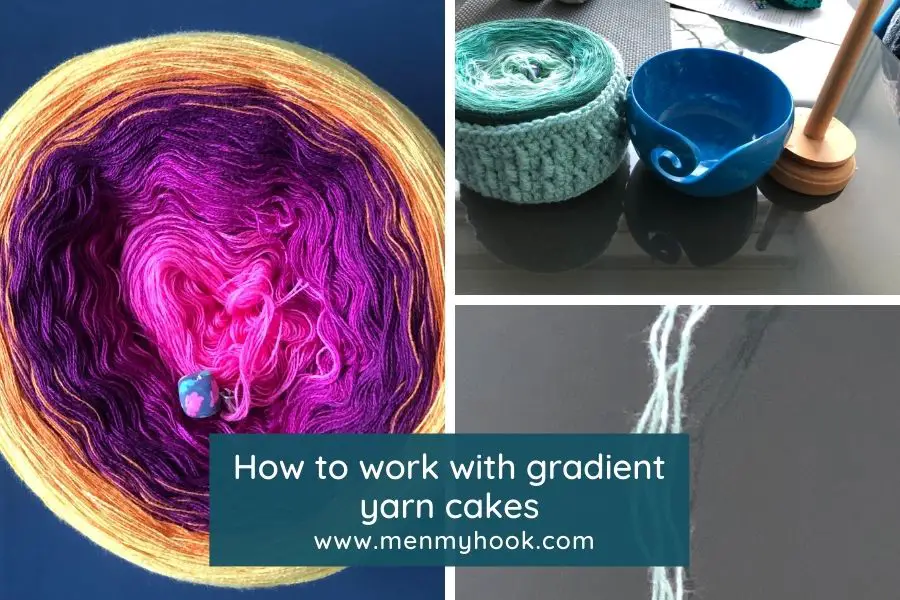
What is the deal with all these strands?
The strands are your journey through the colours in the gradient. If you choose to work with an unplied cake there is no way around it, the strands will separate sometimes. I don’t usually find this a problem, however, when you first start to use this type of yarn it can be an issue and put you off before you really get into it. Before you start, thread the yarn through a large bead, or stitch marker and this will help to keep all the strands together and and even flow to your 4ply gradient yarn cake.
If they do separate or become a little disjointed I crochet mine into the work somewhere easy to hide AND that means I can start pulling again with an even flow of yarn. You will know it when you see it, is the only way I can describe this. I don’t ever cut these cakes but this is also an option. If you do cut, be very careful and tie a secure knot to rejoin – would use a magic knot and crochet over the ends.
Gentle is the way – do not shake your 4ply gradient yarn cake
So. Truth time. This yarn does not travel well. In any form. Plied or unplied unless you are confident in your methods don’t move the cake about too much. It is the number one cause of yarn barf, making yarn barf worse and helping those strands to tangle.
This is why a yarn bowl or similar is probably the no 1 thing you need for success in using this yarn. All the touching messes with the integrity of the wrap. The more you move it and squeeze it etc, you loosen those strands. That’s not to say you cannot ever touch it once you have started, just gently does it. If you use a bowl it will protect the integrity of your yarn and make it much less likely that you will dislodge the strands moving it about.
Tangled strands are probably the easiest thing to solve – ease them open. Use your fingernails to tease them apart. If you strands are a larger clump – ease them apart taking cake to be sure you are pulling the right way, it’s ridiculously easy to tighten into a knot when you don’t mean too!
Yarn barf. Mate. All I can say is that yarn barf in a 4ply gradient cake will make you swear. It is annoying, and patience is required. Don’t shake it apart. Don’t get frustrated and go all Macarena on the yarn. That will only end two ways – hours detangling it or throwing fairly pricing yarn in the bin.
How to solve yarn barf in a gradient yarn cake?
Find the knot. Put your wip down, making sure you use a marker to preserve what you have and gentle find the knot and ease all the yarn through it. If it’s a particularly large tangle, take a minute and centre yourself. Then untangle some on the working end and crochet that into your work. Repeat this until you have got through the entire tangle.
Yes it does seem like a really long process. It is. However, if you have managed to collapse half a 1000m cake it is VERY hard to detangle it and not cause new knots in while you are working on detangling the next section of your 4ply gradient yarn cake. If you crochet it it even though its a slow process, you are achieving two things at the same time and you are more likely to rescue your yarn.
So that’s it. Any one or a combination of the tips above should solve any problems you have working with 4ply gradient yarn cakes, or yarn cakes of any kind. To recap
- use the hook your comfortable with
- use a yarn bowl
- keep your yarn lower than your wip
- don’t move it about to much
I hope you enjoyed this post and found it useful. Don’t forget to pop into the Facebook group and share your experiences working with gradient yarn cakes and let us know if any of these tips work(ed) for you. If you have a ninja tip to share for working with this yarn, let me know and I will add it too the post.
For projects you can make using this type of yarn, check out
Garments – Granny Merge Cocoon Cardigan
Shawls /Scarves / Wraps – any really, but a couple to get you started are Stella Shawl, Shanae and Lena
Bags – Granny Merge Market Bag
Bye for now,
B x

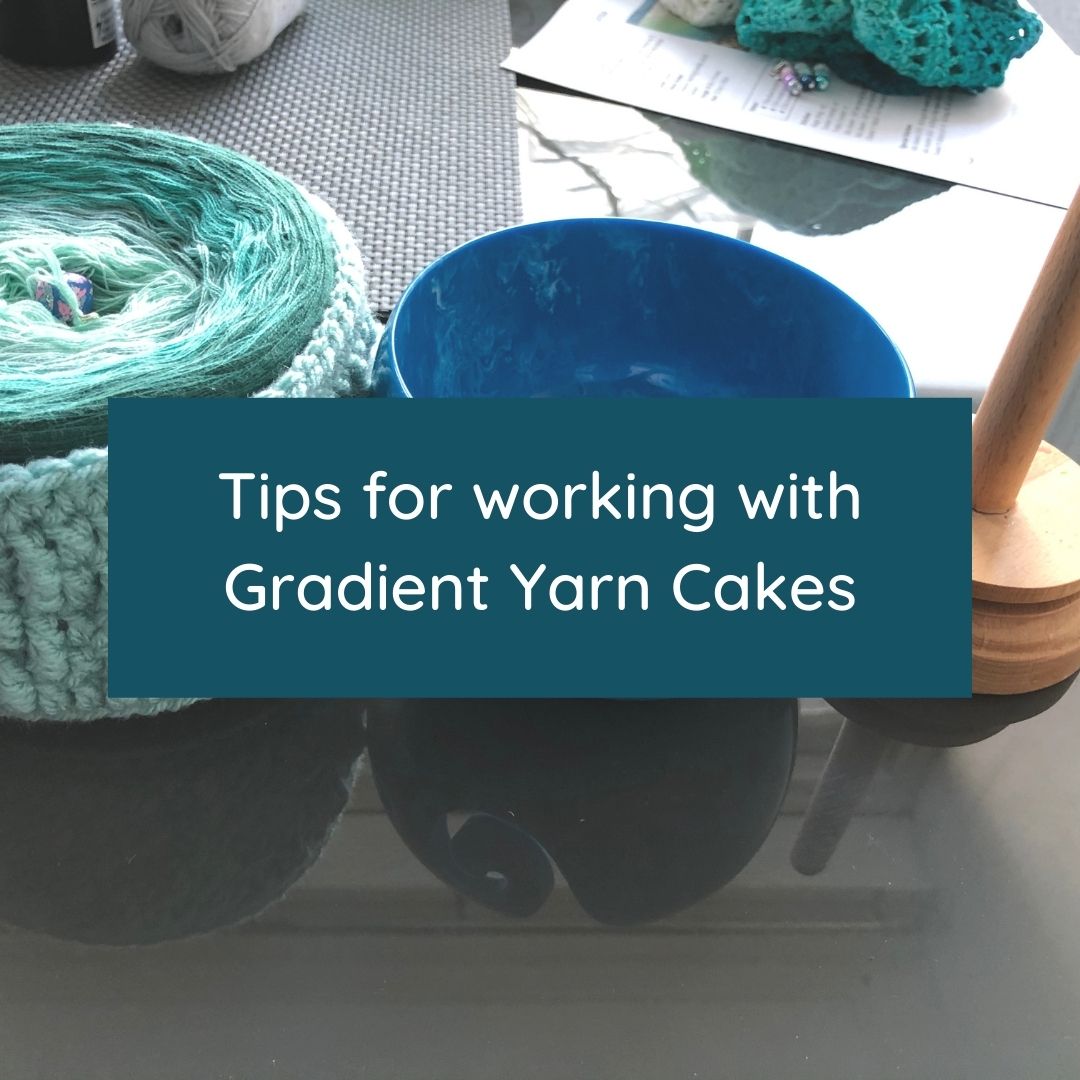


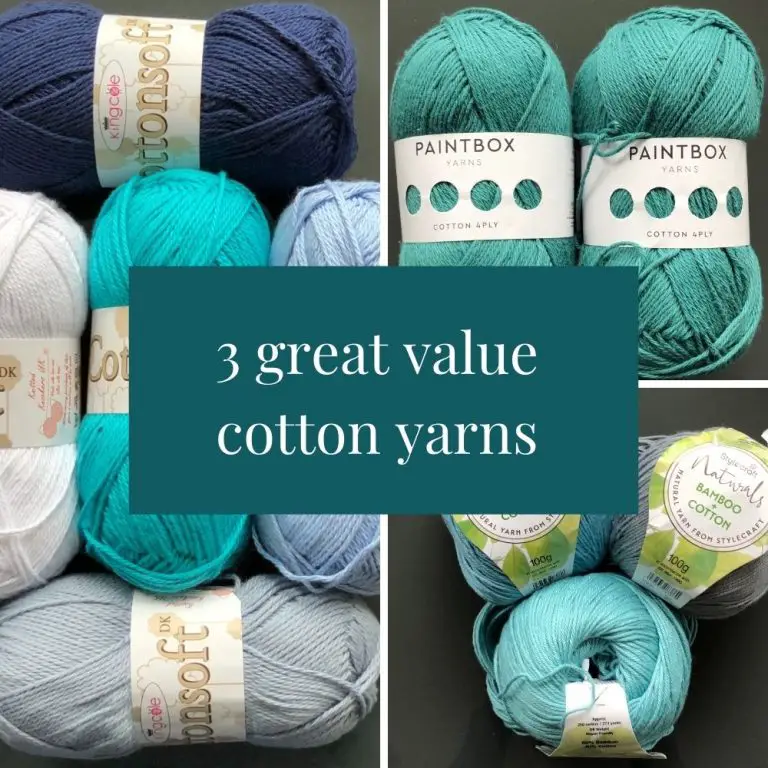
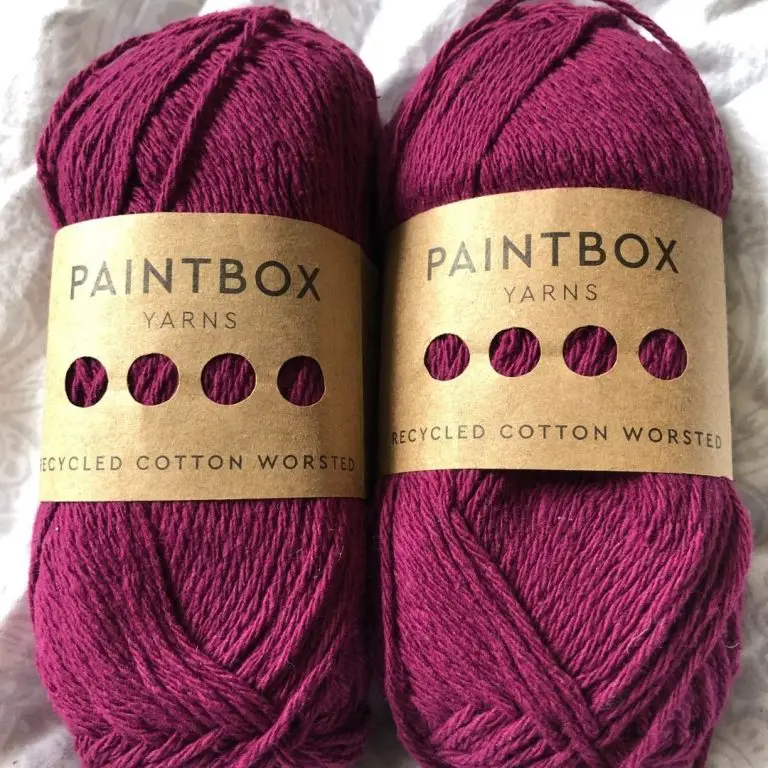
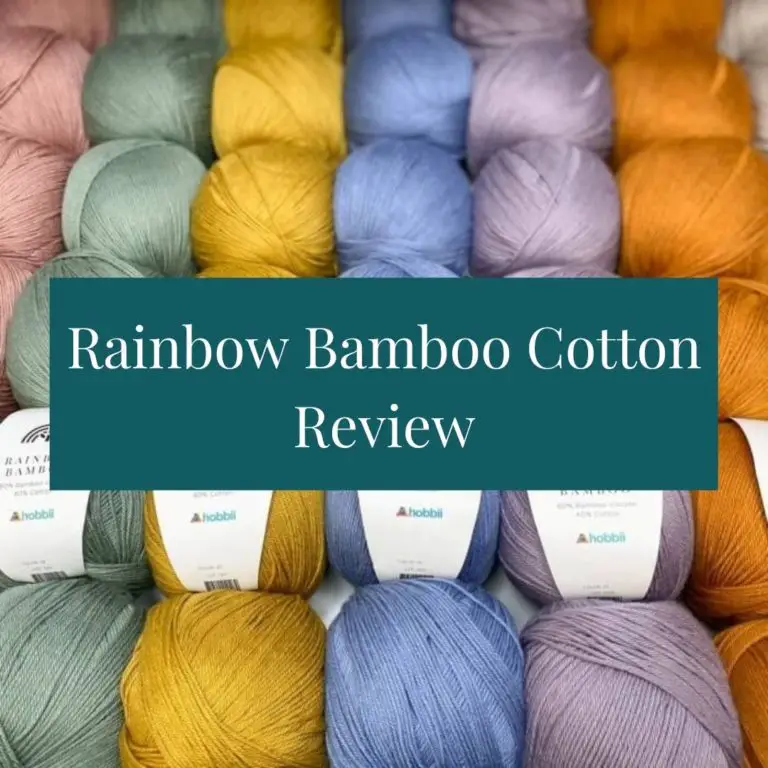
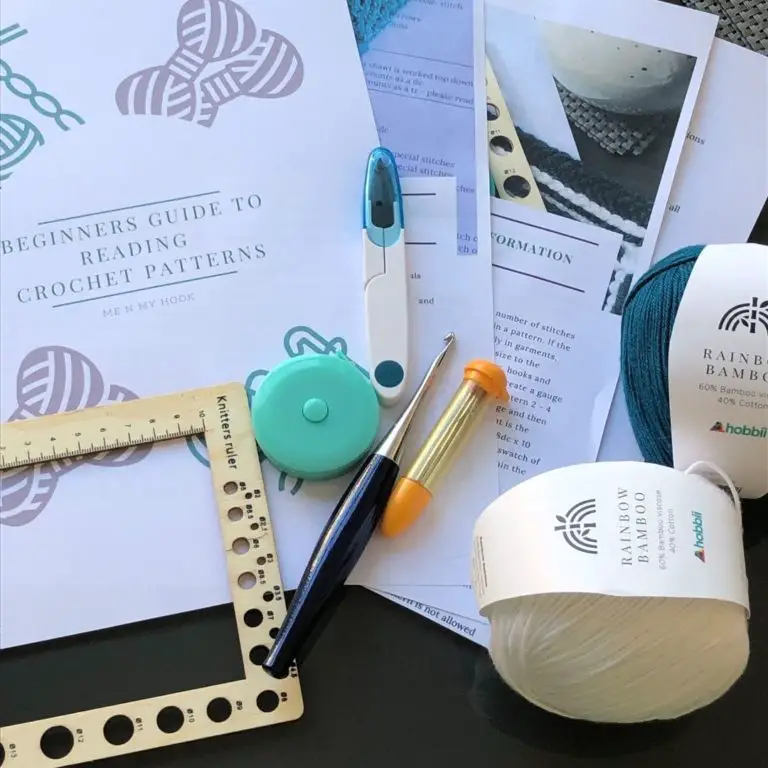
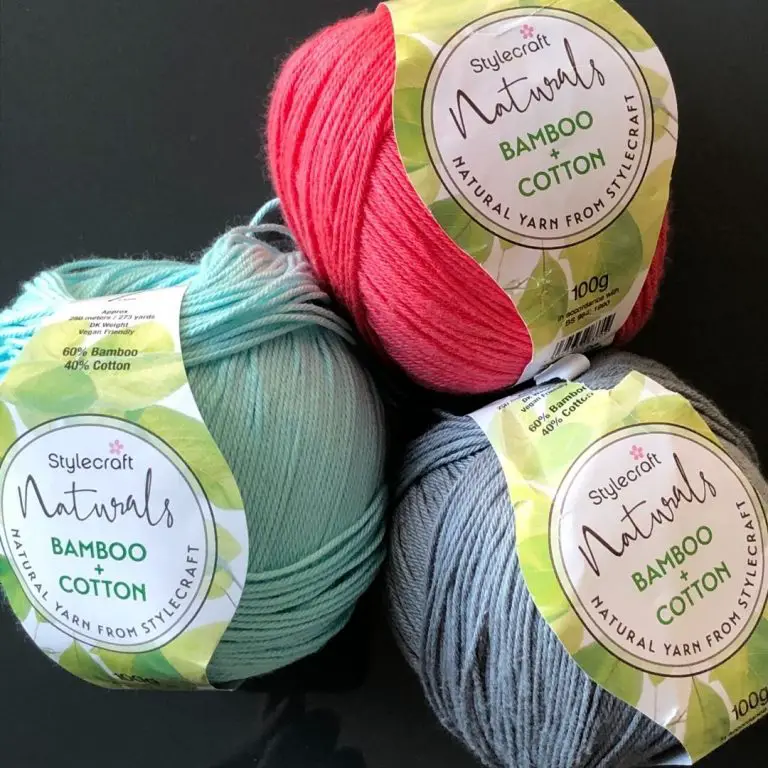
This is really helpful as I’m an adventurous beginner. Thank you!